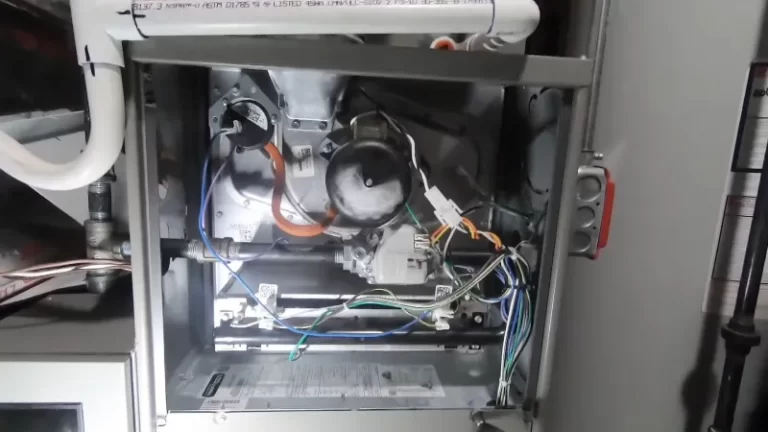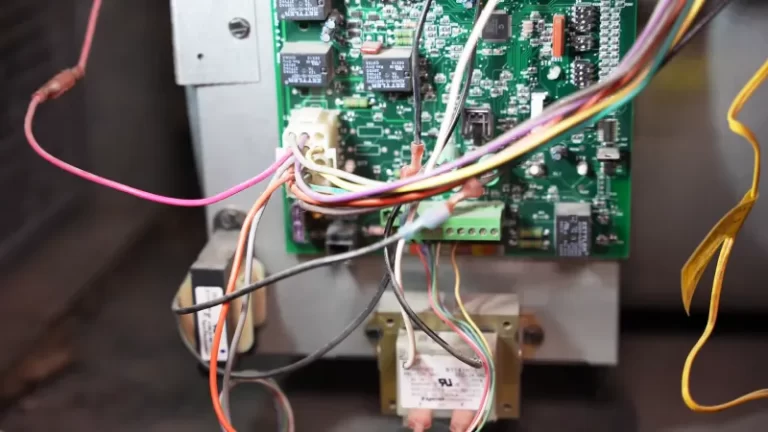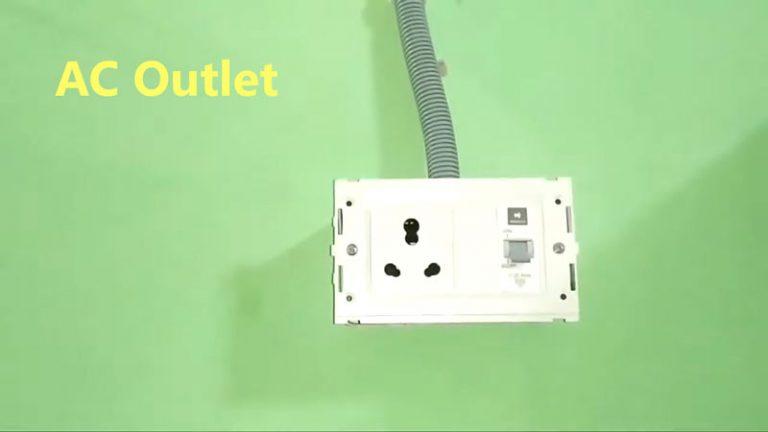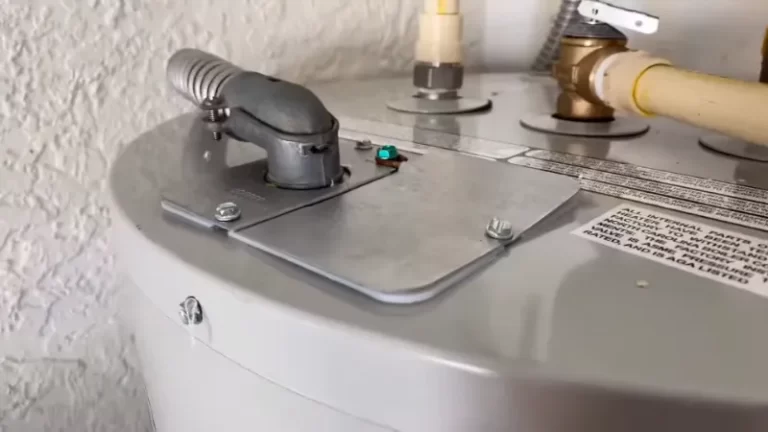Can You Splice An Electrical Wire Inside Wall

Electrical splices can be hazardous and should only be made by a professional. Approved boxes and fixtures must be used for all electrical connections to avoid damage.
Junction boxes protect against water, moisture, and fire hazards. Cavity splices use approved plastic conduits for safety reasons. Wall cavities require the use of an approved metallic conductor to prevent electrical shock. This could lead to serious injury or death.
Always make sure you are using the correct type of connector for your particular installation.
You'll Learn About
Can You Splice An Electrical Wire Inside Wall?
Electrical splices can be dangerous, so always use approved boxes and fixtures when making them. Junction boxes protect against damage from moisture and fire, while ceiling cavity splices must use a metallic conductor.
Wall cavity splices must also use approved plastic materials to avoid causing electrical fires in your home. When making electrical connections in the walls or ceilings, make sure to follow applicable codes.
Electrical Splices Are Hazardous
Splicing electrical wires inside walls can be a dangerous task, especially if you don’t know what you’re doing. Always use an approved splicer and follow all safety guidelines when working with electricity.
Make sure the wire is properly insulated before making the connection. Even a small mistake could lead to a fire in your home. If you do make a mistake, contact your local electrician as soon as possible to fix the problem safely and quickly.
Electrical splices are one of the most common causes of fires in homes. Be careful and always obey safety guidelines when dealing with them.
Approved Boxes & Fixtures Need To Be Used For All Electrical Connections
It is important to use approved boxes and fixtures for all electrical connections in your home. This will help to protect you from damaging your wiring and appliances, as well as any other property in the vicinity of the wires.
You should also make sure that all cables are properly routed so they won’t interfere with one another or with other equipment in your home. Boxes and fittings labeled “for indoor use only” can be a good choice if you want to avoid creating an unsafe condition around your electrical wiring system.
Always consult an electrician when making any changes or repairs related to your electricity supply. It’s best to stay safe and do it right the first time.
Junction Boxes Can Protect Against Damage From Moisture & Fire
A junction box is a valuable safety device that can protect your home from damage caused by moisture and fire. It acts as a barrier between two electrical circuits, preventing potential harm to both systems if one were to fail.
You can find them in different shapes and sizes, so finding the right one for your needs is easy. They come with screws that make installation quick and simple- no need for special tools or skills. Keep junction boxes sealed when not in use to maintain their protection against weathering and pests.
Ceiling Cavity Splices Must Use A Metallic Conductor
The metallic wire is required for ceiling cavity splices because it conducts electricity more efficiently than non-metallic wires. A metallic conductor can help prevent sparks and other electrical problems from occurring in the future.
Splicing a wire into a wall requires special skills, so be sure to get help if you’re not confident with this task. You’ll need to find an electrician who specializes in splice work if you want them to do the job correctly and without damaging your home’s systems or walls.
Once you’ve made the necessary preparations, follow these steps to complete your wiring project successfully:
- Identify where the wires will go inside the wall
- Cut out a section of drywall large enough for installation
- Use a metallic conduit inserted through holes drilled into studs.
Wall Cavity Splices Must Use An Approved Plastic Conductor
Splicing an electrical wire into a wall cavity is not as simple as it may seem. There are specific requirements for the type of plastic conductor you must use when making a splice in a wall cavity.
If your wiring isn’t up to code, you could face serious consequences including fire danger and electric shock. Always consult with an experienced professional before attempting any DIY project – they can help guide you through the process safely and efficiently.
Make sure to follow all local building codes when completing any home repairs or renovations. It’s crucial that everything goes smoothly so there are no surprises down the road.
Can You Splice Romex in a Wall?
No, you can’t splice Romex in a wall. However, it is important to use the correct tools and techniques for the job. Splicing Romex can be a challenging task, so make sure you have all of the necessary supplies before beginning.
You Can’t Splice It In The Wall
Romex is a type of cable which is used in electrical wiring. However, because it consists of a number of wires which are tightly bound together, you cannot simply cut it and splice it into your wall. Instead, you will need to access junction boxes so that you can make the required connections. This process can be difficult and time-consuming if done incorrectly.
Access To Junction Boxes
In order to properly connect Romex cables in the wall, you will need to have access to junction boxes located in various areas of your home or office building. These boxes are often hidden behind walls or cabinets and may require some backbreaking work to get inside them.
Concealed Splicing Isn’t Permitted
When splicing Romex cables in the wall, concealed splicing isn’t an option due to the tight bond between each wire on the cable itself. If this type of connection isn’t made correctly, there could be serious repercussions including electrical fires and failures down the line.
Back Pulling Is Required
If concealment isn’t an option and you still want to place Romex cables in a wall without any problems, then back pulling is usually required before making any connections. “Back pulling” refers to removing one end of the cable from its housing and then slowly pulling it out until a good connection has been made at both ends of the cable.
There Are Risks Involved With Unauthorised Splicing Of Cable In Walls
However, if you are not careful, you might get injured by not paying attention to the direction of the cable. If you are going to make a connection to a wall, it is very important that you do not use any kind of tool that will cause the cable to move or twist.
Splices are often made when there is no other option. However, if you break up splices in a wall, you might get injured by a loose cable. Splices can be made without any problems using wire nuts, crimp covers, or zip ties.
Can You Splice Inside Electrical Panel?
If you need to repair or replace a part of an electrical panel, you’ll need to be able to access the inside of the panel. This means that you’ll have to splice wires and cables inside the box.
If this isn’t your first rodeo, chances are you can do it yourself – but if not, there are professionals who can help.
You Will Need A Cable Tester
Before you can start splicing wires, you’ll need to use a cable tester. This tool is used to verify the electrical connections in an electrical panel. It’s important to make sure that all of your wirings match up before you start working with it so there are no surprises later on down the road.
It Is Safe To Work Inside The Electrical Panel
When working inside an electrical panel, always be aware of your surroundings and take extra precautions when dealing with electricity. Make sure that all ground rules are followed when connecting wires and avoid touching any live parts while transferring power from one wire to another.
Splicing Wires In A Panel Can Be Done With Basic Tools
If you’re looking for a quick fix or just want to replace a single wire without taking apart the entire panel, basic tools like pliers and screwdrivers will do the trick. Just be careful not to nick or damage any other components while doing so.
Make Sure All Ground Rules Are Followed
Just because you’re inside an electrical panel doesn’t mean that everything is fly free. Always make sure that all metal surfaces within reach are properly grounded before making any cuts or modifications – this includes screws, bolts, switches, and even outlets.
Use Enough Protection When Working With Electricity
It’s important to use enough protection when working with electricity. Especially if the job requires you to be exposed to a lot of electricity. Keeping your plugs clean is very important. This will help your electricity to flow more efficiently.
Is It OK to Splice Electrical Wires?
It’s generally safe to splice electrical wires if you’re using the correct tools and techniques. However, there are a few things to keep in mind when doing this:
- Make sure that all of the connections are made properly – no loose wire should be left hanging off of any connector or device.
- Use caution when working with live circuits – always use proper safety precautions, including wearing appropriate protective gear.
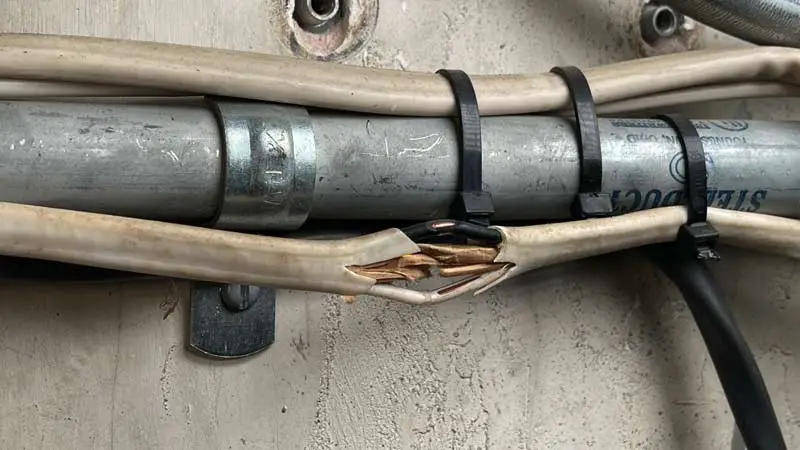
No Flammable Materials
It’s always important to be safe when working with electricity, and splicing electrical wires is no exception. Make sure the area you’re working in is clear of any flammable materials, turn off all power to the area, and make a preliminary connection by stripping 1/2 inch (12 mm) from one end of each wire and connecting them with a connector tool or by hand-tightening them together.
Apply Pressure
Next, apply pressure to the connections until they’re tight. If everything looks good and there’s continuity between each connection, you can now remove your connectors and proceed with wiring your project.
Don’t Twist the Cables
Be careful not to kink or twist cables during installation. This could lead to short circuits that can damage your equipment.
Use Proper Insulation
Always use proper insulation when making electrical connections. If it’s not rated for high voltages, use an appropriate insulating material such as heat balun tubing instead of direct contact with metal parts on equipment or interconnects.
Use Proper Protection
Remember that excessive voltage levels can cause serious injury. Never work near energized electrical systems without proper protection.
To Recap
Splicing electrical wires inside a wall is only permissible if the splice is housed in an accessible junction box. This ensures the connection can be inspected and maintained safely. Burying a splice without a junction box violates electrical codes and poses a fire hazard. For safe and compliant work, always follow local regulations or consult a professional.
If you’re tackling electrical projects, you might also want to learn about Toro Hypr Oil 500 substitutes for maintaining your outdoor equipment. Additionally, understanding Snapper Pro S200xt problems and solutions can help you keep your tools in top shape.


